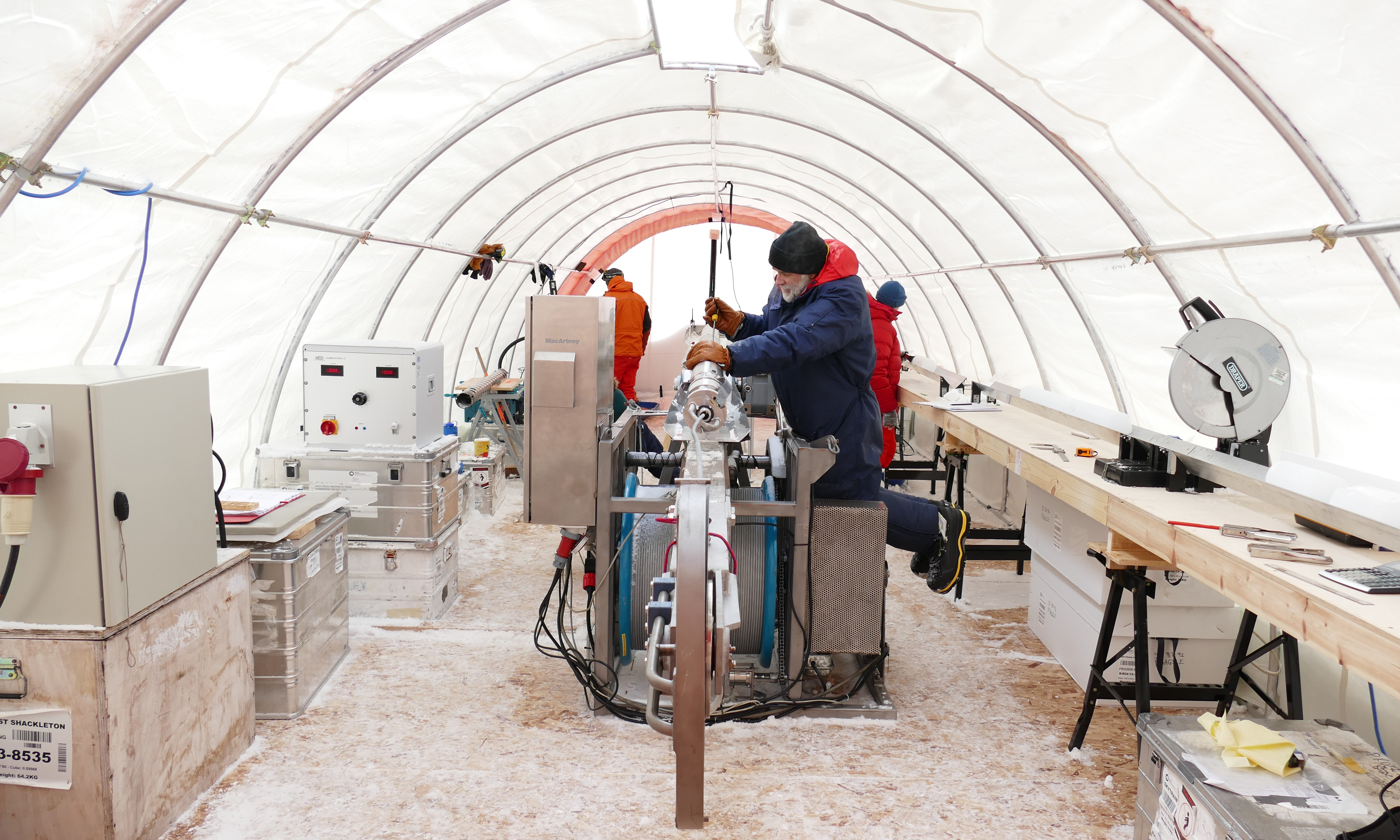The aim of our fieldwork in Antarctica is to retrieve an ice core reaching through the entire depth of the ice cap on Skytrain Ice Rise, to obtain ice extending at least 130,000 years back in time. Last night, on Tuesday 7 January, we succeeded. The feeling of elation is all around me, with all six members of the party relieved and excited.
Continue reading “WACSWAIN Drill Log: ice core complete!”WACSWAIN Drill Log: Christmas in Antarctica
We’ve now been at Skytrain Ice Rise in Antarctica for about 6 weeks. In previous blogs, I have written about the life in camp and the drilling. Now, just after Christmas, it’s time to take stock of what we have achieved, and what we are aiming to do.
Continue reading “WACSWAIN Drill Log: Christmas in Antarctica”WACSWAIN Drill Log: ice core drilling begins
In order to achieve our goal of retrieving ice that is 130,000 years old, we need to drill a core to the bottom of the ice cap we’re camping on, through about 620 m of ice. All the work so far has been preparation for drilling, so what does the drilling actually involve?
Continue reading “WACSWAIN Drill Log: ice core drilling begins”WACSWAIN Drill Log: making camp in the Antarctic
In my last blog I wrote about all the expertise needed to get us into the field. Well finally eight of us, including me, have reached Skytrain Ice Rise, and are experiencing all the steps needed before we can drill an ice core.
Continue reading “WACSWAIN Drill Log: making camp in the Antarctic”WACSWAIN Drill Log: preparing for fieldwork
Most of us assume that the key skills for our research are academic ones. But preparing for our field season in Antarctica for the WACSWAIN project, it’s obvious just how many other skills and attributes are needed, and how we rely on our non-academic support staff.
Nine of us are now waiting at Rothera research station on the Antarctic Peninsula, ready to fly into the field – four from Cambridge’s Department of Earth Sciences, and five from the British Antarctic Survey (BAS).
Continue reading “WACSWAIN Drill Log: preparing for fieldwork”Research on ice – introducing the WACSWAIN project
Four Cambridge Earth Scientists are about to travel to Antarctica for three months, where they will turn to the past to assess the risks to the future of the West Antarctic Ice Sheet. Project leader Professor Eric Wolff explains the aims and importance of their research.
Many large cities, and all those who get their living from the sea, live close to sea level. As a result, even small rises in sea level expose millions of people to extra risk. Sea level is currently rising due to a combination of melting glaciers, thermal expansion of the warming ocean, and contributions from large ice sheets.
Continue reading “Research on ice – introducing the WACSWAIN project”
Scanning Ediacaran fossils in Newfoundland
In September, I spent three weeks in Newfoundland, Canada working on world class Ediacaran fossil surfaces with Emily Mitchell, Charlotte Kenchington and Lucy Roberts. After eight hours of travelling, our bright red truck full of precision equipment, people and food arrived in the town of Portugal Cove South. We settled into ‘The Green House’, where we would be staying, and promptly collapsed in bed.
Continue reading “Scanning Ediacaran fossils in Newfoundland”
Dragon watching: unlocking mysteries of lizard movement
Evolutionary biomechanist and NERC DTP PhD student Luke Grinham’s research focuses on the evolutionary transition from a quadrupedal style of movement to a bipedal one in reptiles.
I tend to take two different but complimentary approaches to answering my research questions: observations and interpretations of fossil material, and musculoskeletal anatomy and biomechanics of living reptiles. These two directives frequently inspire and inform findings in each other. I’ll give a brief overview what I tend to do here!
Continue reading “Dragon watching: unlocking mysteries of lizard movement”









